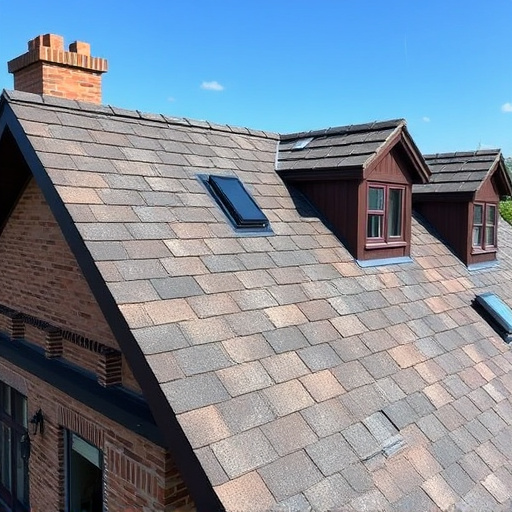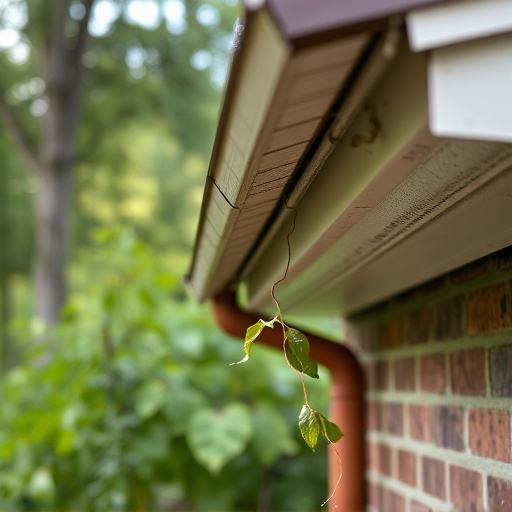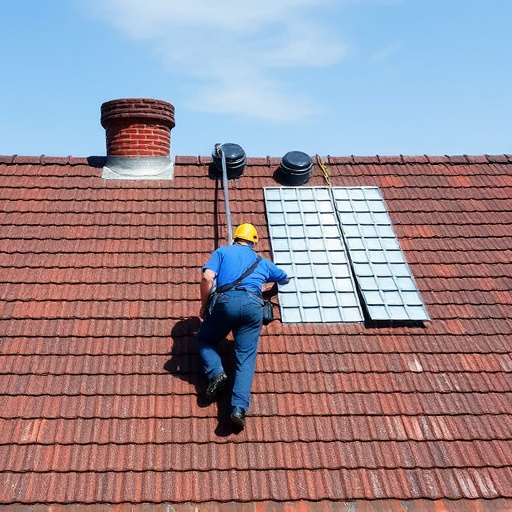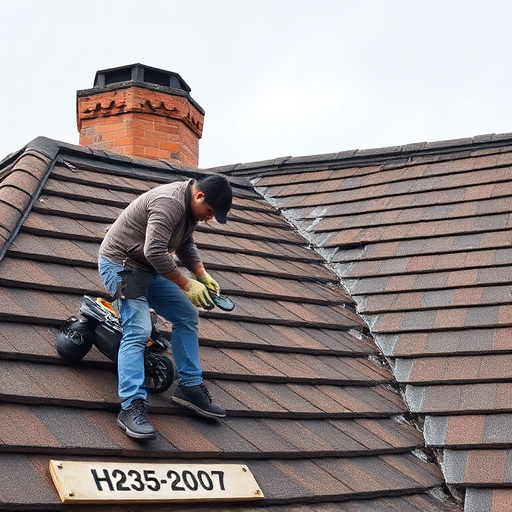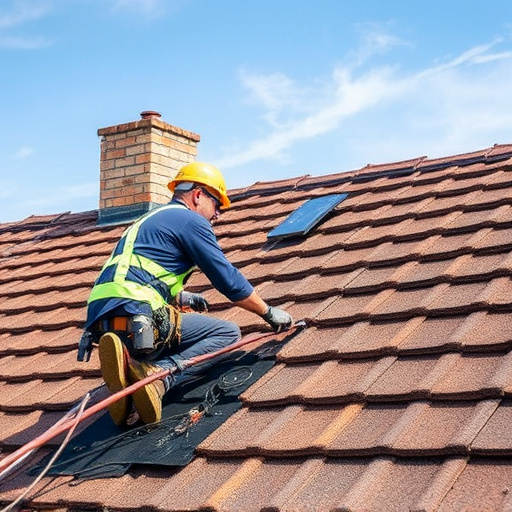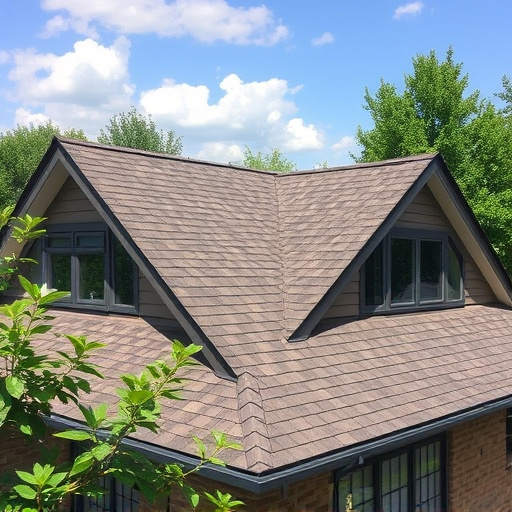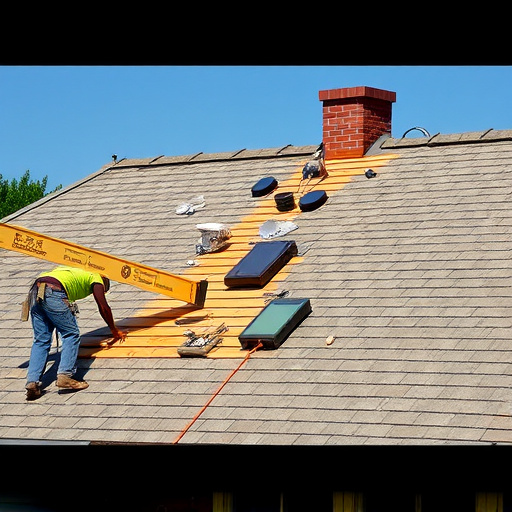Modern roof installation incorporates innovative materials and techniques for enhanced durability, energy efficiency, and aesthetics. Sustainable options like eco-friendly shingles and metal panels gain popularity. Advanced flashing systems and insulation ensure water tightness and improved insulation. Commercial roofs demand specialized equipment and expertise. Storm damage repair is crucial for quick restoration. Choosing the best material considers climate, style, budget, and personal preferences. Local building codes and permits must be understood and followed for legal compliance in both residential and commercial roof installation.
Roof installation is a significant investment, so understanding today’s top practices is crucial. This guide unveils modern techniques that ensure durability and aesthetics. From advanced materials offering superior protection to legal considerations vital for compliance, we demystify the process. Discover expert tips on choosing the right roofing material, navigating permits, and making informed decisions. Master these aspects of roof installation to secure a safe, stylish, and long-lasting rooftop for your property.
- Understanding Modern Roof Installation Techniques
- Choosing the Right Material for Your Roof
- Legal Considerations and Permits for Roof Installation
Understanding Modern Roof Installation Techniques
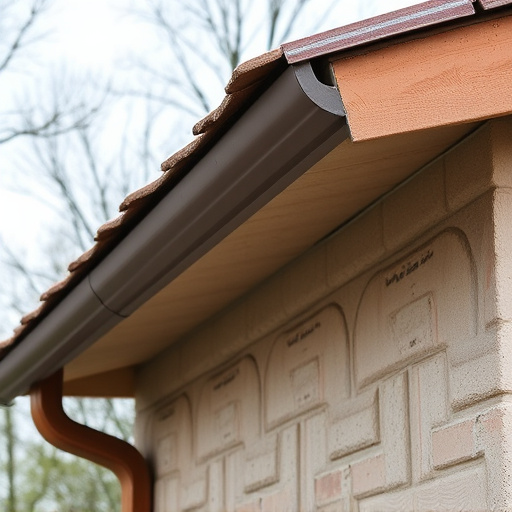
The modern roof installation process has evolved significantly from traditional methods, incorporating innovative techniques and materials that enhance durability, energy efficiency, and aesthetics. Today’s roofs are designed to withstand extreme weather conditions, thanks to advanced engineering and the use of high-quality components. One notable trend is the shift towards sustainable roofing options, such as eco-friendly shingles and metal panels, which offer long-lasting performance while reducing environmental impact.
Additionally, modern installations prioritize water tightness and insulation, incorporating sophisticated flashing systems, seamless gutters, and state-of-the-art insulation materials to create an airtight barrier. For commercial properties, roof installation goes beyond residential standards, requiring specialized equipment and expertise to handle larger spans and higher loads. Moreover, storm damage repair has become a critical aspect of roofing services, with quick response times and effective restoration techniques becoming the norm to protect businesses and homes from severe weather impacts.
Choosing the Right Material for Your Roof
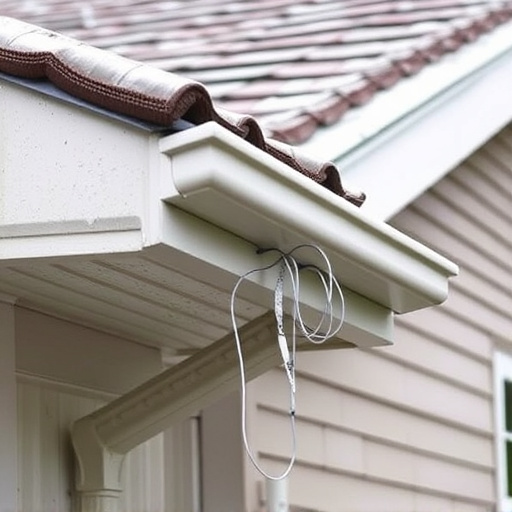
When considering a roof installation or replacement, selecting the appropriate material is a pivotal decision. The choice should be guided by factors like climate, architectural style, budget, and maintenance preferences. Durable materials such as asphalt shingles offer cost-effectiveness and ease of maintenance but may not be ideal for extreme weather conditions. Metal roofing, on the other hand, excels in durability and resistance to high winds and fires but can be more expensive.
Consulting with a roofing expert or professional can aid in making an informed decision tailored to your property’s unique needs. They can guide you through various options, including traditional materials like asphalt and metal, as well as innovative alternatives like TPO (Thermoplastic Olefin) membranes suitable for commercial roofing. Remember, the right material choice not only ensures a robust and reliable roof but also contributes to energy efficiency and long-term savings in your roof installation.
Legal Considerations and Permits for Roof Installation
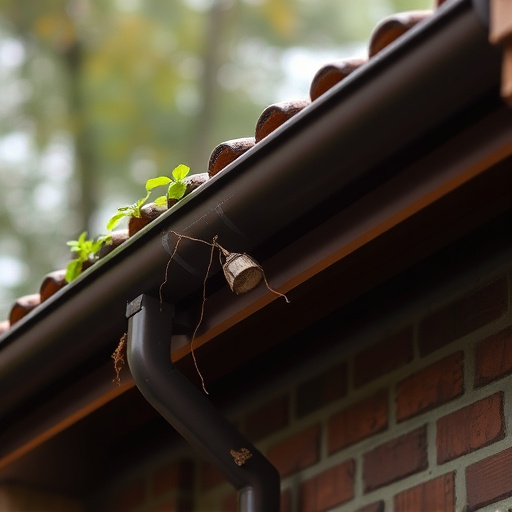
Before beginning any roof installation project, whether for a residential or commercial space, understanding the legal considerations and permit requirements is essential. Each jurisdiction has its own set of building codes and regulations that dictate construction projects, including roof installations. Failure to adhere to these guidelines can result in penalties, delays, and even the need for costly repairs.
Obtaining the necessary permits is a crucial step in ensuring your roof installation complies with local laws. This process typically involves submitting detailed plans and specifications of the proposed work. For commercial roofing projects, which often involve larger structures and more complex designs, additional considerations may apply, such as fire safety regulations and accessibility requirements. Home service solutions providers should also be aware that even minor alterations to a home’s exterior, including siding replacement alongside roof installations, might necessitate permits to maintain aesthetic consistency and structural integrity.
When it comes to roof installation, understanding modern techniques, selecting the ideal material, and navigating legal permits are key steps. By staying informed about these aspects, you’ll ensure a successful and durable roof for your property. Stay ahead of maintenance concerns and protect your investment with this essential knowledge, specifically tailored to today’s roofing practices.



